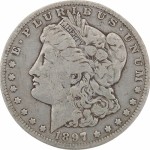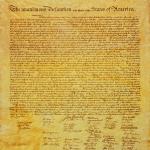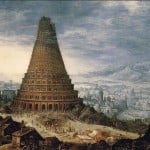Dominant narratives. They dominate. They tell a story that most people in a group want to hear. Those stories reinforce the beliefs of the dominant group. And the prejudices of the dominant group.
In 1952 the US Congress declared a National Day of Prayer, which is nowadays officially the first Thursday in May. In the narrative I follow, 1952 was not a good year for the separation of church and state. In the narrative I follow, 1954 was another bad year for religious freedom because “under God” was added the the Pledge of Allegiance.
Parenthetically, the year between those two was the year that President Eisenhower was baptized, the first sitting president to choose to pursue that procedure. In 1956, “In God We Trust” went onto the currency, replacing “e pluribus unum.”
In the 1950s, Americans were donning the armor of god to fight the godless Communists. Americans still live with the effects. We won the Cold War but lost that wall of separation between church and state.
In 2003 the American Humanist Association declared a National Day of Reason. This counter-narrative—celebrated mostly by freethinkers, atheists, agnostics, and humanists—draws a small but dedicated group each year. We invite elected officials to join us, and each year a few are brave enough to do that.
So, I’m off to the Minnesota State Capital to stand up for reason. My narrative is that the best government—for both the religious and the irreligious—is a secular one.













